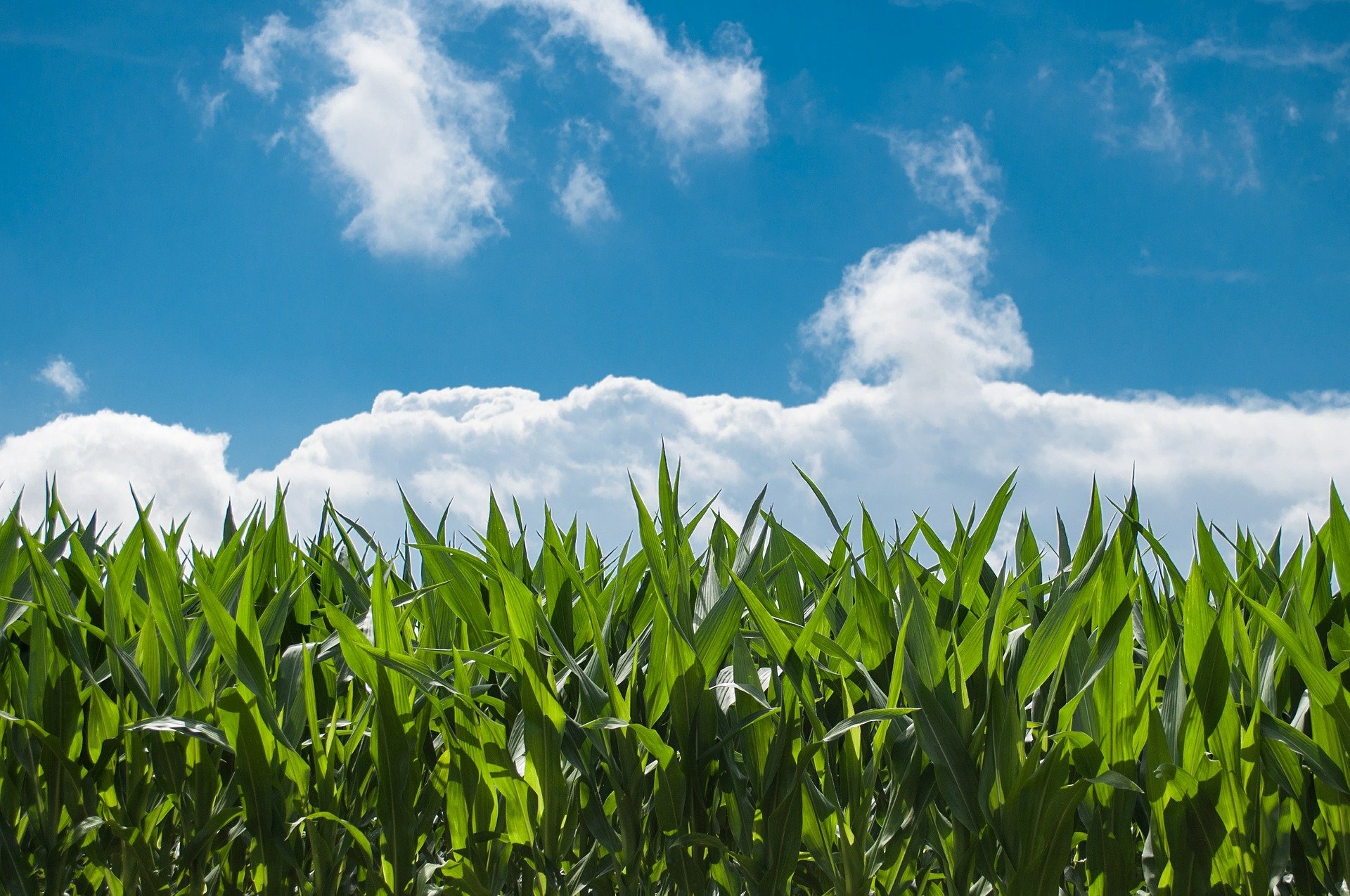Recent research from the University of Illinois Urbana-Champaign suggests that winter cover crops have the potential to reduce nitrogen pollution in agricultural drainage water by up to 30% in Illinois. However, as climate change progresses, there are concerns about the effectiveness of cover crops in mitigating nitrogen loss and their overall impact on crop yield.
A new study conducted in Illinois indicates that cover crops will continue to provide benefits, although to a lesser extent, in the future. The study also predicts the impact of climate change on corn and soybean yield across the state, revealing that corn will be more negatively affected, especially in southern regions.
In their previous study, the researchers used a crop simulation model called Decision Support System for Agrotechnology Transfer (DSSAT) to estimate the effectiveness of cereal rye in removing nitrate from tile drainage water when widely planted across Illinois.
In their latest study, the team once again utilized DSSAT to forecast the growth of cereal rye, corn, and soybean in the near-term (2021-2040) and far-term (2041-2060) under two climate scenarios: a best-case scenario and a business-as-usual case.
Using a comprehensive approach, the researchers modeled each component of the system separately and then combined them to predict the overall impact of cover crops under climate change.
They found that corn yield is projected to decrease in most regions of Illinois, timeframes, and climate scenarios, with average yield ranging from 11.5% below to 3.8% above present averages. On the other hand, soybean yield is expected to increase across regions and scenarios, with yields forecasted to be up to 27.5% higher than present averages. Furthermore, the model predicted a significant increase in cover crop biomass due to climate change, ranging from 25% to 103% compared to current figures.
“Our results highlight the different responses of corn and soybean to changing climate conditions. Multiple factors, including temperature, rainfall patterns, and elevated CO2 levels, contribute to the yield responses observed in each crop. Interestingly, we also found that cover crops benefit from warmer winter weather,” explained study co-author Rabin Bhattarai, associate professor in the Department of Agricultural and Biological Engineering at the University of Illinois Urbana-Champaign.
When studying nitrogen loss under climate change, the researchers predicted a 24% increase in loss in the near-term future, potentially rising to around 42% by 2060.
“Warmer soil temperatures lead to increased microbial activity, converting nitrogen in organic matter into nitrate in the soil. This higher nitrate content in the soil increases the potential for nitrogen loss,” Bhattarai said. “We already observe significant nutrient losses during warm, wet springs, even before crops are planted or fertilizers are applied. Nitrogen is already escaping from the soil itself.”
The researchers then examined the impact of cover crops on cash crop yield. In their previous study using DSSAT, they found that growing cereal rye before corn and soybean had a slightly positive effect on yield. Cover crops help scavenge soil nitrogen during winter and return the nutrient to the crops when terminated and incorporated into the soil, boosting growth.
Under climate change, however, the researchers discovered that cover crops could deplete both soil water and nitrogen, despite the predicted increase in nitrogen availability during warmer winters. Additionally, the abundance of cover crop biomass at termination could overwhelm the soil’s ability to mineralize nitrogen, potentially locking it up and making it unavailable for cash crops. Despite these findings, the analysis did not reveal a yield penalty for growing cover crops under future climate scenarios.
“Whether cover crops are present or not, there will be a decline in corn yield in the future. The same applies to soybean. While soybean yield may increase, it is not dependent on the presence of cover crops,” Bhattarai said. “If any impact on cash crop yield is observed, it is due to the changing climate rather than the cover crop.”
Regarding the impact of cover crops on nitrogen loss under climate change, the study predicts a decrease in efficiency. Compared to the current conditions where cover crops can reduce tile drainage nitrogen by approximately 30%, future scenarios suggest a reduction as low as 11% under a worst-case scenario for the far-term future.
“Under future climate conditions, cover crops will still provide some benefits in reducing nitrogen loss, but their efficiency will decrease. The growth of cover crops will improve with warmer temperatures, but mineralization rates may surpass their ability to take up nitrogen, resulting in more supply than demand,” Bhattarai explained. “Farmers will need to adopt additional best management practices to meet nutrient loss reduction goals in the face of a changing climate.”
The study has been published in the Journal of Environmental Management.
More information:
Rishabh Gupta et al, Sustainability of cover cropping practice with changing climate in Illinois, Journal of Environmental Management (2023).
DOI: 10.1016/j.jenvman.2023.117946
Citation:
Top corn producing state to see future drop in yield, cover crop efficiency: Study (2023, July 6)
retrieved 6 July 2023
from https://phys.org/news/2023-07-corn-state-future-yield-crop.html
This document is subject to copyright. Apart from any fair dealing for the purpose of private study or research, no
part may be reproduced without the written permission. The content is provided for information purposes only.
Denial of responsibility! TechCodex is an automatic aggregator of the all world’s media. In each content, the hyperlink to the primary source is specified. All trademarks belong to their rightful owners, and all materials to their authors. For any complaint, please reach us at – [email protected]. We will take necessary action within 24 hours.

Jessica Irvine is a tech enthusiast specializing in gadgets. From smart home devices to cutting-edge electronics, Jessica explores the world of consumer tech, offering readers comprehensive reviews, hands-on experiences, and expert insights into the coolest and most innovative gadgets on the market.


